
Project Spotlight: Travis Flats & Travis County North Campus (Austin, TX)
WGI was commissioned to provide MEP services for the NEW Travis Flats & Travis County North Campus mixed-use, mixed-income development in North Austin, TX!
Learn from award-winning professionals — explore our whitepapers, blogs, and the latest industry updates.
Join our dynamic organization of engineers, land surveyors, landscape architects, environmental scientists, and architects!
Talk to a market leader today! We’ll answer any questions you have about our professional services.
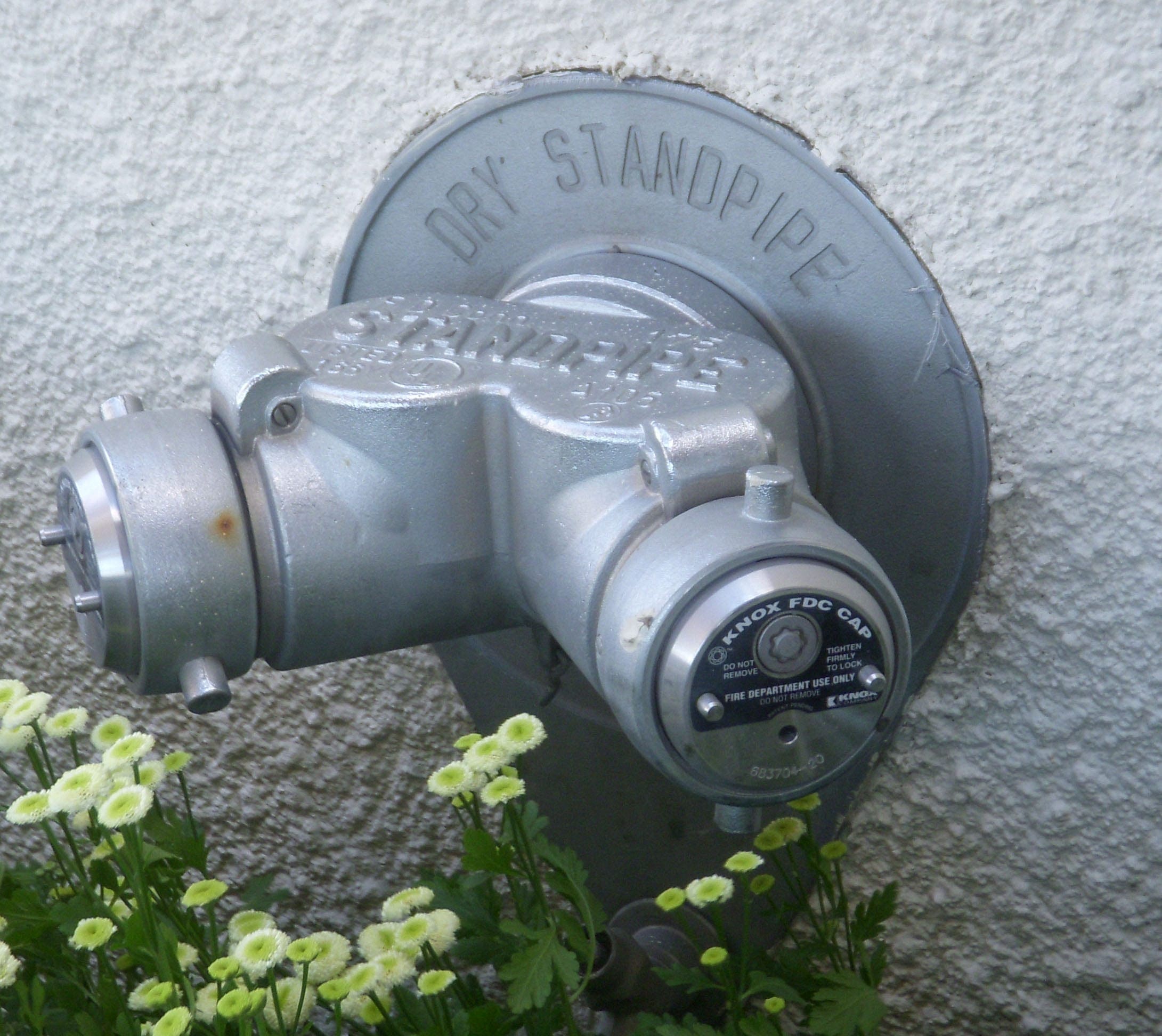
Standpipe systems are permanent piping systems, and associated equipment, that transports water from a reliable water source to designated areas of a building where hoses can be deployed for fire- fighting. (NFPA Fire Protection Handbook 20th Edition)
Standpipe systems are typically designed and installed according to NFPA 14 (National Fire Protection Association) and local jurisdiction requirements.
There are three classes of standpipes:
Piping and 2-1/2” hose connections at designated locations within a building for fire department use.
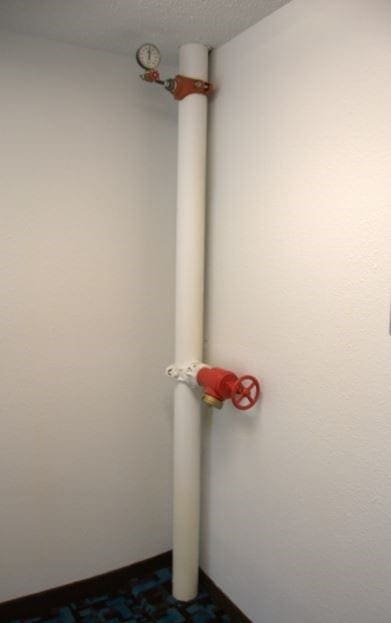
Piping and 1-1/2” hose connections for trained occupant use as well as fire department use. Systems utilizing 1-1/2” hose valves rely on trained occupants to operate and not on fire-fighting personnel. Due to safety and training concerns, these systems have largely been disabled or the tenant hoses have been removed.
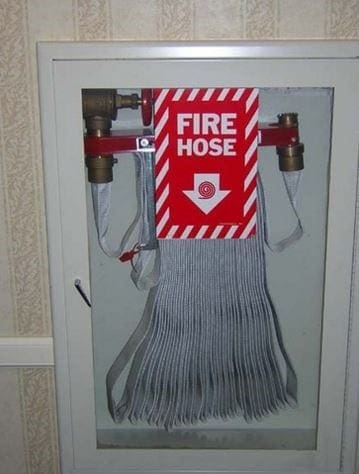
Piping, 1-1/2” hose connections as well as 2-1/2” hose connections for trained occupant use as well as fire department use. Systems utilizing 1-1/2” hose valves rely on trained occupants to operate and not on fire-fighting personnel. Due to safety and training concerns, these systems have largely been disabled or the tenant hoses have been removed.
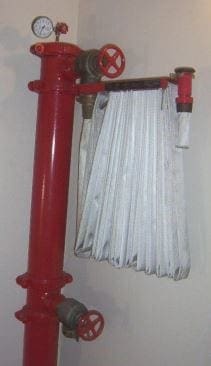
A “Class I” standpipe is the most common type of fire protection standpipe system today. Class I standpipes are required due to the International Building Code, Chapter 9 requirements. The code specifically states in [F] 905.3.1 Height: “Class III standpipe systems shall be installed throughout buildings where the floor level of the highest story is located more than 30 feet (9144 mm) above the lowest level of fire department vehicle access, or where the floor level of the lowest story is located more than 30 feet (9144 mm) below the highest level of fire department vehicle access.”
Exceptions: Class I standpipes are allowed in buildings equipped throughout with an automatic sprinkler system in accordance with Section 903.3.1.1or 903.3.1.2. (Generally speaking, most buildings over 10,000 square feet must be fully sprinkled.)
In summary, if a building is required to be equipped with a fully automatic sprinkler system, and it is more than 30 feet from surrounding grade to the highest or lowest story, a Class I standpipe system is likely required. There are exceptions to this rule, so it is prudent to thoroughly research the building code, fire code and local jurisdictional requirements early in the design process, for every project, to ensure the design is both code compliant and is safe for its occupants.
Photo by Jclemens / CC BY-SA 4.0

WGI is a national design and professional services firm leading in technology-based solutions for the construction of public infrastructure and real estate development. At WGI, we’re providing Tomorrow’s Infrastructure Solutions Today.

WGI was commissioned to provide MEP services for the NEW Travis Flats & Travis County North Campus mixed-use, mixed-income development in North Austin, TX!
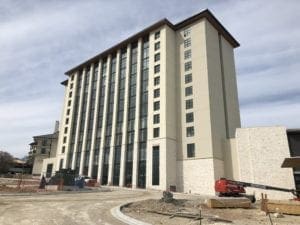
WGI provided MEP (mechanical, electrical, plumbing) engineering services for the $150 Million expansion and renovation project.

Melissa’s addition to the team solidifies WGI’s leadership in helping communities harness the benefits of much-needed infrastructure projects throughout the nation.

In this video, we spend some time with the MEP Engineering department to learn more about their work and their team!
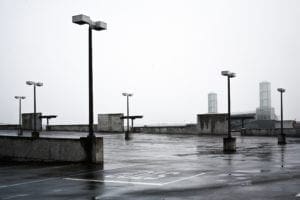
Depending on your jurisdiction, handling the drainage of water from parking structures can be a tricky proposition. WGI can help.

WGI welcomes its new Director of Structural Engineering – Robby Vogel, P.E., LEED AP BD+C, an invaluable team member who brings a sterling reputation and a wealth of experience to our Buildings Division, standing as a resounding example of our commitment to greatness.
You’ve been searching for a place like WGI. We look forward to meeting you soon.
Sign up to receive emails to hear our latest news and achievements in our monthly newsletter.
Enter your zip code, and we’ll personalize your experience with local projects, office locations, team members, and more.
WGI supports its associates with meaningful opportunities for growth, strong benefits and perks, while we work collaboratively with clients and co-consultants to shape and improve communities.






WGI is a dynamic organization with opportunities nationwide for engineers, land surveyors, landscape architects, environmental scientists, and architects.